Birch plywood is an extremely popular choice for furniture pieces, cabinets, and other building projects. It is an affordable piece of wood with a classic look that many people would love to show off to their friends and family. Beyond being affordable, it is also strong and durable so that your projects can last for decades to come. Building and working with the wood is relatively easy, but a lot of people question whether staining birch plywood is as easy as it sounds.
Does birch plywood stain well? If you have a project looming on the horizon, you need to know what type of stain to use, how to treat the wood, and so much more. Our guide here will give you the building blocks to finish your next piece of birch plywood like a pro.
Is Birch Hard to Stain?
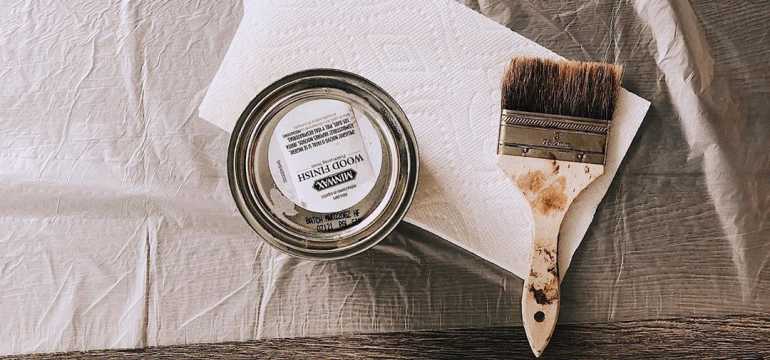
Some woods willingly accept stain and create a perfectly even result. Unfortunately, many people find that birch plywood is a bit trickier to stain than some of the other common woods that you may encounter. It may take a few additional steps and more careful attention to detail, but it is possible to stain birch with excellent results. You simply have to make sure that you prepare the wood to accept the stain first.
Many of the general rules for staining plywood or wood of any variety will apply here. You should start by lightly sanding the plywood to achieve a smooth surface where all of the fibers of the wood are smooth. Some people even wet the surface of the wood because this can loosen the wood fibers. Dampening the wood can give more vibrant results if you are working with darker or brighter colors. It also gives you a more even finish.
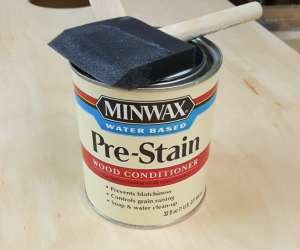 Another good thing to do when staining birch plywood is to apply a pre-stain conditioner. One of the reasons that people struggle to finish birch plywood successfully is because it tends to absorb the stain quickly. This fast reaction time leads to uneven results with large blotches in certain areas. You can resolve this issue with a pre-stain conditioner.
Another good thing to do when staining birch plywood is to apply a pre-stain conditioner. One of the reasons that people struggle to finish birch plywood successfully is because it tends to absorb the stain quickly. This fast reaction time leads to uneven results with large blotches in certain areas. You can resolve this issue with a pre-stain conditioner.
A pre-stain conditioner is applied to the surface of the wood after sanding. When the wood fibers soak up this treatment, they lose some of their capacity to quickly and tightly hold on to stain. In the end, you get a much more even finish without the blotches that many people encounter when staining birch.
You might be worried that the pre-stain conditioner will change the color of your stain. The good news is that these wood treatments have no color of their own, so your stain colors will remain true.
Pre-stain conditioners can be purchased at your local home improvement store. Alternatively, you can also make your own by combining linseed oil and mineral spirits in equal parts. Brush onto the wood and allow it to dry completely before applying the stain.
Make It Look Expensive
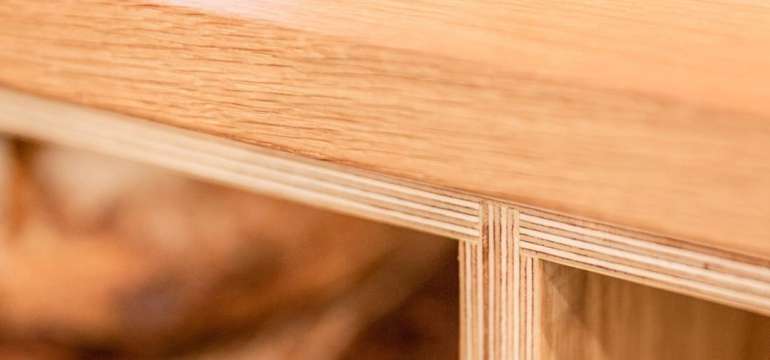
One of the many reasons people love birch plywood for their home improvement and building projects is because it is affordable. Compared to many of the more exotic species like mahogany or cherry, you could save a small fortune by choosing birch. However, you don’t necessarily want to sacrifice the look that can be achieved with these higher-end hardwoods. With the right staining tips at your fingertips, you can get the look of an exotic hardwood without the price tag.
First, decide what type of wood you are planning to imitate. An open-pored wood like mahogany is a beautiful, rich addition to your home. Closed-pore woods like cherry are equally beautiful but require a different treatment.
To imitate an open-pored wood look, use a single coat of pre-stain conditioner before applying your stain. This allows the color to distribute evenly while still darkening some of the pores. This is true to the same look that you would expect from a mahogany wood or a walnut wood.
Closed-pore woods require two coats of pre-stain conditioner applied before your stain. This prevents the pores in the wood from showing up at all when the color is finally applied to the finished product.
Test Your Stain
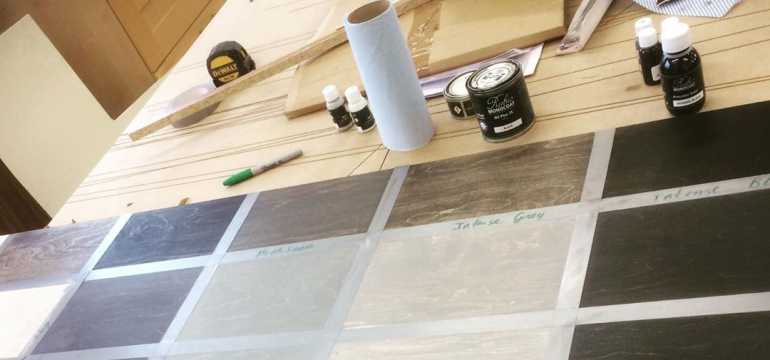
Before you get too far into the process of staining Baltic birch plywood, you need to ensure that you will be happy with the end result. Keep those little scrap pieces of wood that you have leftover from your last building project. You will want some of these pieces to test your stains and finishes on before you start applying the product to your final project.
Take your test board and sample the colors you have selected to give you an idea of what they will really look like. If you think that you may want to do multiple coats, be sure to test that out too. However, you may decide that you need four to five coats to achieve your desired level of darkness. In this case, you should consider buying a darker can of stain to save yourself some time.
Keep in mind that the darker you go, the less you will be able to see the wood grain shine through. This is a bonus for some people who prefer an opaquer stain, but others may be upset that this grain is hidden from view.
Best Stain for Birch Plywood
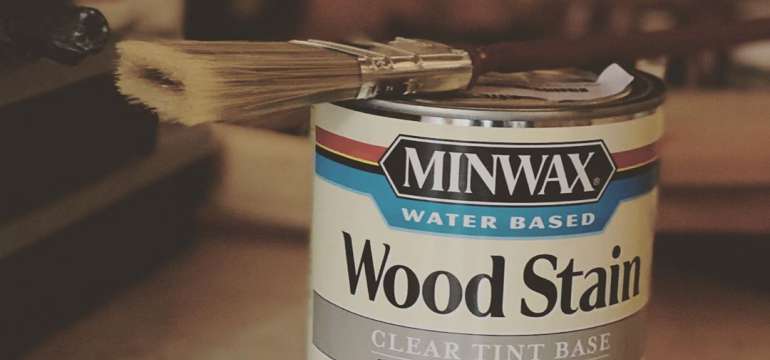
What kind of stain do you use to color your birch plywood? There are so many different varieties on the market today that you should educate yourself on the possibilities prior to making a purchase.
While you can ultimately use any type of stain on birch, a water-based stain tends to be the best choice.
You have a couple of different options for how to apply a water-based stain. The first is to use a paintbrush to apply the stain in even strokes along the grain of the wood. Using an old lint-free rag such as a cut-up t-shirt, wipe up stain that may pool in small areas. Try to get the color to coat the wood as evenly as possible by blending difficult areas together.
The second option is to rag the stain onto the wood. Using a lint-free rag, dip it into the can of stain and begin applying it to the wood. You must work quickly with this method to avoid having it dry with a blotchy finish.
If you want to go with a darker color, gel stain on birch plywood is another option. These dark stains may come out blotchy without a conditioner applied to the wood beforehand, but many of them do not require this step. Be sure to test your stain on a piece of scrap wood before committing to the entire project with this product.
How to Correct Splotchy Areas
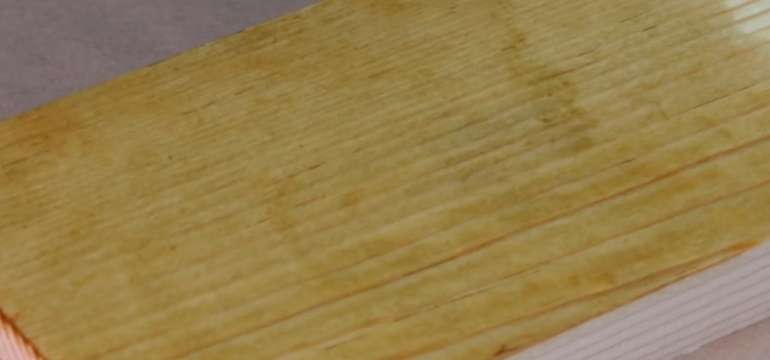
Even though you tried your very best, there is still a possibility that you will encounter splotchy areas on your latest project. You applied the pre-conditioner, brushed on the finish smoothly, and wiped up all the pooling spots. Sometimes, you simply cannot account for the blotchiness that comes when staining birch plywood. The good news is that you can correct some of these issues with one easy step.
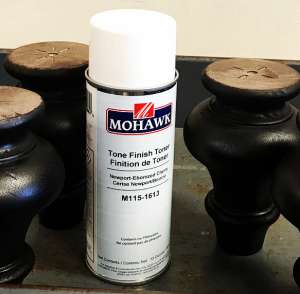 Head to your local home improvement store and take a quick walk down their stain aisle. You will likely encounter a product known as a wood toner. This will provide a translucent coat of color that adds just a small amount of color to your project.
Head to your local home improvement store and take a quick walk down their stain aisle. You will likely encounter a product known as a wood toner. This will provide a translucent coat of color that adds just a small amount of color to your project.
When applied correctly, toner can even out those areas that absorbed the stain unevenly. Brush it on just like you did with the stain, paying careful attention to those troublesome areas.
If you would prefer to tackle this project on your own, you can actually mix up your very own wood toner at home. It is really nothing more than a tinted and diluted can of polyurethane. All you need is a can of water-based polyurethane, some universal tinting colorant, and water. While you could use oil-based polyurethane, water-based is easier to clean and has fewer fumes. It also pairs nicely with the water-based stain you used in the previous step.
Mix one part water-based polyurethane with two parts water. Make sure to stir well so that the two substances combine. Then, begin to add your universal tinting colorant until you achieve the darkness you need to even out your project. The correct amount of tint will depend on how dark your project is and what your desired level of darkness is for the entire finished product.
Much like applying stain, you can simply brush it on with a quality brush. Bear in mind that polyurethane is prone to creating bubbles on the surface of your project, so move slowly and check your work for any sign of this issue before allowing it to dry.
Finishing Birch Plywood the Professional Way
It may take a little more time and effort to stain birch plywood compared to other woods like oak and hickory. However, birch is an excellent option for those who want a high-end look without the major price tag of more exotic species. The only trade-off is that staining your birch plywood requires a multi-step approach and could easily turn out splotchy.
With some of these tips in mind, you should have all the tools you need to get started with your next building project today. Take a trip to your local home improvement store and stock up on supplies so that you have everything you need on hand.
- How to Cut Lexan - September 25, 2020
- Mineral Spirits vs. Mineral Oil - September 25, 2020
- Shellac vs. Polyurethane - September 24, 2020

James
Tuesday 20th of September 2022
Just curious as to why to would pre-condition birch wood with linseed oil and minerals spirits and then use a water-based stain.